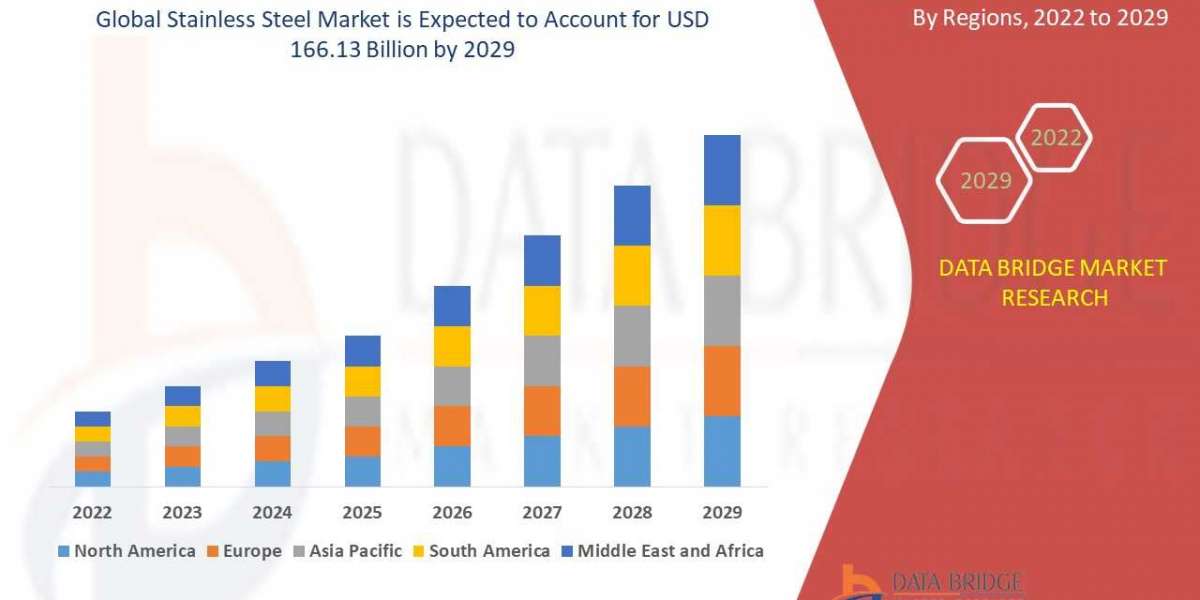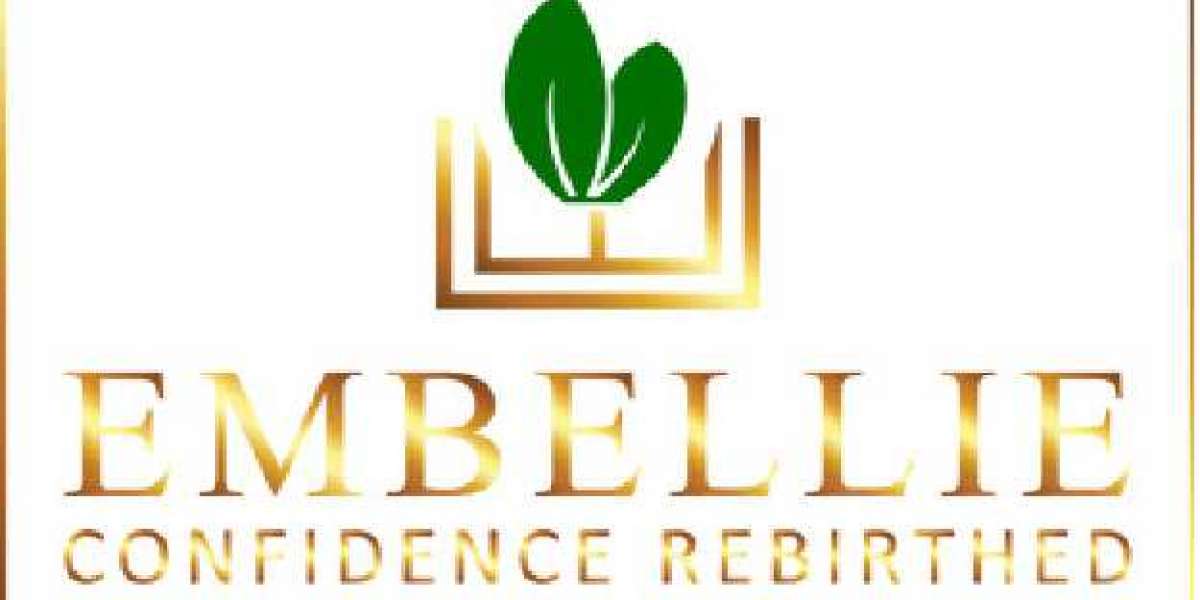Identifying Your Target Audience
Identifying your target audience is essential for creating effective content that resonates with your readers. By understanding your audience, you can tailor your content to meet their needs, preferences, and pain points. This helps increase engagement, drive traffic, and improve your website's ranking in search engine results pages (SERPs). To identify your target audience, you can use tools like Google Analytics, conduct market research, and analyze your competitors' audience. You can also create buyer personas representing your ideal customer's demographics, interests, and behaviors to help you create content that speaks directly to them.
Conducting Keyword Research
Keyword research is crucial for optimizing your content to rank higher in search engine results pages (SERPs). It involves identifying the words and phrases that your target audience uses to search for information related to your business or industry. Including these keywords and phrases in your content can increase your website's visibility and attract more organic traffic. To conduct keyword research, you can use tools like Google Keyword Planner, Ahrefs, or SEMrush. Choosing relevant, high-volume keywords with low competition is important to increase your chances of ranking higher in search results and attracting the right audience.
Crafting Engaging Headlines and Subheadings
Engaging headlines and subheadings are critical for grabbing the attention of your target audience and enticing them to read your content. They should accurately reflect the content's main points and use action-oriented language that resonates with your readers. When crafting headlines, it's important to use relevant keywords and keep them concise while still being descriptive. Subheadings should break the content into easily digestible sections and use active language to encourage readers to keep reading. Creating compelling headlines and subheadings can increase engagement, improve dwell time, and boost your website's ranking in search engine results pages (SERPs).
Using Effective Formatting and Structuring Techniques
Using effective formatting and structuring techniques can improve your content's readability, making it easier for your audience to engage with and understand. This includes using short paragraphs, bullet points, headings, and subheadings to break the content into easily digestible sections. Using a legible font size and style and incorporating plenty of white space is also important. By improving the readability of your content, you can increase engagement, reduce bounce rates, and improve your website's ranking in search engine results pages (SERPs). It can also keep your content organized and on-topic, making it easier for readers to find the necessary information.
Incorporating Visuals and Multimedia
Visuals and multimedia can enhance your content's engagement, making it more memorable and impactful. This includes using high-quality images, videos, infographics, and interactive content like quizzes and polls. Visuals help break up the text and make it more appealing to the reader, improving dwell time and reducing bounce rates. Optimizing multimedia for search engines using descriptive file names, alt text, and captions is also important. By incorporating visuals and multimedia, you can increase engagement, improve user experience, and boost your website's ranking in search engine results pages (SERPs).
Writing Unique and Compelling Content
Writing unique and compelling content is key to standing out in a sea of online content. Your content should provide value to your audience by addressing their pain points, answering their questions, or providing new and insightful information. To make your content stand out, it's important to showcase your unique voice and perspective, use storytelling techniques, and incorporate data and research to back up your claims. Additionally, ensuring your content is well-written, error-free, and easy to read is essential. Creating unique and compelling content can increase engagement, attract backlinks, and improve your website's ranking in search engine results pages (SERPs).
Ensuring Your Content is Accurate, Reliable, and Credible
Ensuring your content is accurate, reliable, and credible is critical for building trust with your audience and establishing your website as an authority in your industry. It's important to cite credible sources appropriately, fact-check all claims and statistics, and avoid using clickbait or sensational headlines. Additionally, it's essential to stay up-to-date on the latest news and trends in your industry and update your content accordingly. By ensuring your content is accurate, reliable, and credible, you can build a loyal following, attract backlinks, and improve your website's ranking in search engine results pages (SERPs).
Promoting Your Content through Social Media
Promoting your content through social media services and other channels is essential for reaching a wider audience and increasing engagement. This includes sharing your content on social media platforms like Twitter, Facebook, and LinkedIn and engaging with your audience through comments, likes, and shares. Additionally, you can promote your content through email marketing, guest posting, and influencer marketing. Choosing the right channels for your target audience and using engaging visuals and copy to capture their attention is important. Promoting your content effectively increases engagement, attracts backlinks, and improves your website's ranking in search engine results pages (SERPs).
Measuring the Success of Your Content
Measuring the success of your content services is essential for understanding what's working and what's not and making ongoing improvements. This includes tracking metrics like traffic, engagement, and backlinks using tools like Google Analytics and SEMrush. It's also important to analyze user behavior, like time on page and bounce rates, to understand how your audience interacts with your content. Based on these insights, you can make ongoing improvements to your content, including updating outdated information, addressing gaps in your content, and optimizing for search engines. By continually improving your content, you can increase engagement, attract backlinks, and improve your website's ranking in search engine results pages (SERPs).








